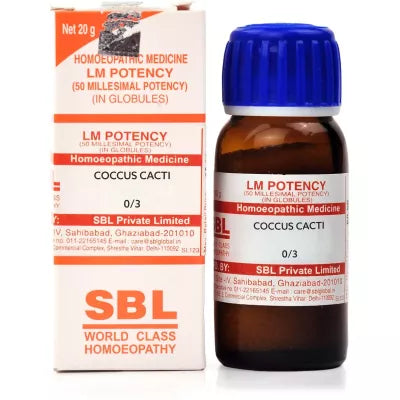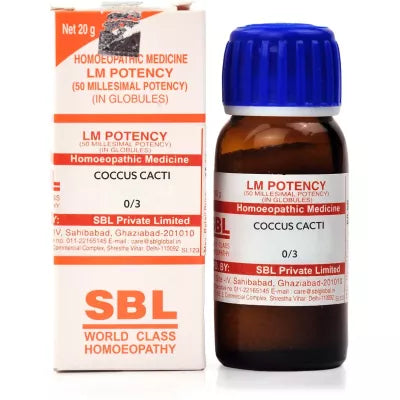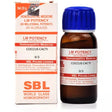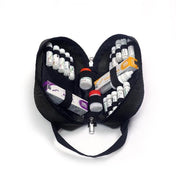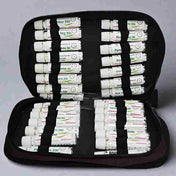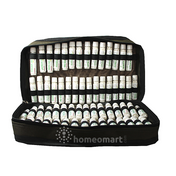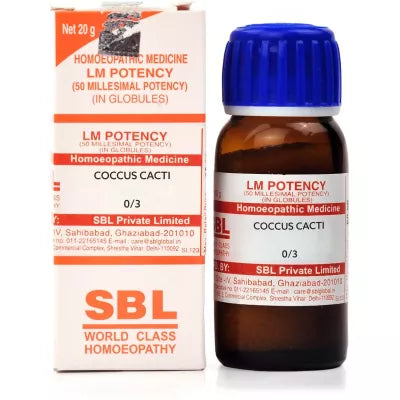Coccus Cacti LM Potency Homeopathy Dilution
Coccus Cacti LM Potency Homeopathy Dilution - 1/2 dram (1.6 Gms) / 0/1 is backordered and will ship as soon as it is back in stock.
Couldn't load pickup availability
Description
Description
For whooping cough, spasmodic conditions, and respiratory ailments
Indications for Coccus Cacti:
- Spasmodic and Whooping Coughs: Apis mellifica can be used for coughs that are spasmodic in nature, particularly those that occur in the morning and may be associated with the difficult expectoration of thick, viscid mucus. It's also indicated for whooping cough, where attacks end with vomiting of tough mucus.
- Catarrhal Conditions of the Bladder: Apis mellifica may be helpful in cases of inflammation and irritation of the bladder, characterized by frequent urging to urinate, dysuria (painful urination), and the presence of brick-red sediment in the urine.
- Spasmodic Pains in Kidneys with Visceral Tenesmus: This remedy is indicated for spasmodic pains in the kidneys, which may be associated with a sensation of urgency or tenesmus (ineffectual straining) in the bladder or rectum.
- Anuria, Anasarca, Ascites: Apis mellifica can be considered in cases of anuria (lack of urine production), anasarca (generalized edema), and ascites (abdominal fluid accumulation), especially when these conditions are accompanied by symptoms such as swelling, inflammation, and stinging pains.
- Mental Symptoms: It's noted for sadness, particularly in the early morning or afternoon.
- Head Symptoms: Headaches, particularly over the right eye in the morning, suboccipital soreness worsened by sleep and exertion, and sensation of a foreign body in the eye.
- Respiratory Symptoms: Constant hawking, accumulation of thick mucus, suffocative cough worse in the morning, and sensitivity in the throat and fauces.
- Heart Symptoms: Sensation of pressure toward the heart.
- Urinary Symptoms: Urging to urinate, dysuria, urinary calculi, and deep-colored urine with brick-red sediment.
- Female Symptoms: Irregular and profuse menses, with dysuria and inflammation of the labia.
About LM potency homeopathy medicines
In the sixth edition of ‘Organon,’ Dr. Hahnemann introduced a new system of dilution and potentization and called it “renewed dynamisation” with a diluting ratio of 1:50,000. It was named 50 millesimal potency or LM potency by Dr. Pierre Schmidt. In some parts of the world, it is also called Q potency. It soon got professional acceptance. To date, it is recognized by different homoeopathic pharmacopoeias including American and Indian.
What are they and how are they denoted?
These homoeopathic potencies are prepared in the diluting scale of 1:50,000 and denoted as 0/1, 0/2, 0/3…..etc. They are generally used up to 0/30.
Perceived advantages
- Highest development of power at each potency level.
- Mildest reaction – no medicinal aggravation.
- Frequent repetition is permitted; every hour or often in urgent cases.
- Quick cure in chronic cases where it can be given daily or often.
- 0/3 is more subtle than 30C or 200C and the 0/30 is sharper than CM as believed by many classical homoeopaths.
LM potency dosage: Generally LM potencies are administered as follows:
- Take a 4oz (120ml) to 6oz (180ml) clean glass bottle. Fill it 3/4th with water. Take 1 or 2 globules of the desired potency (often starting at LM 0/1) and place it into the bottle.
- Succuss the bottle just before ingestion 1 to 12 times depending on the sensitivity of the patient. This slightly raises the potency and activates the remedy.
- Take 1, or more teaspoons of the medicinal solution and place it into 8 to 10 tablespoons of water in a dilution glass and stir it. Most cases are started with 1 teaspoon and the amount is increased only if necessary. In children, the amount should be 1/2 teaspoon. Infants may only need 1/4 of a teaspoon.
The dosage of the medicinal solution can be carefully adjusted to suit the sensitivity of the individual’s constitution
Note: We dispense SBL LM potency medicines in 1/2, 1 & 2 dram plastic containers, image for illustrative purposes only.

